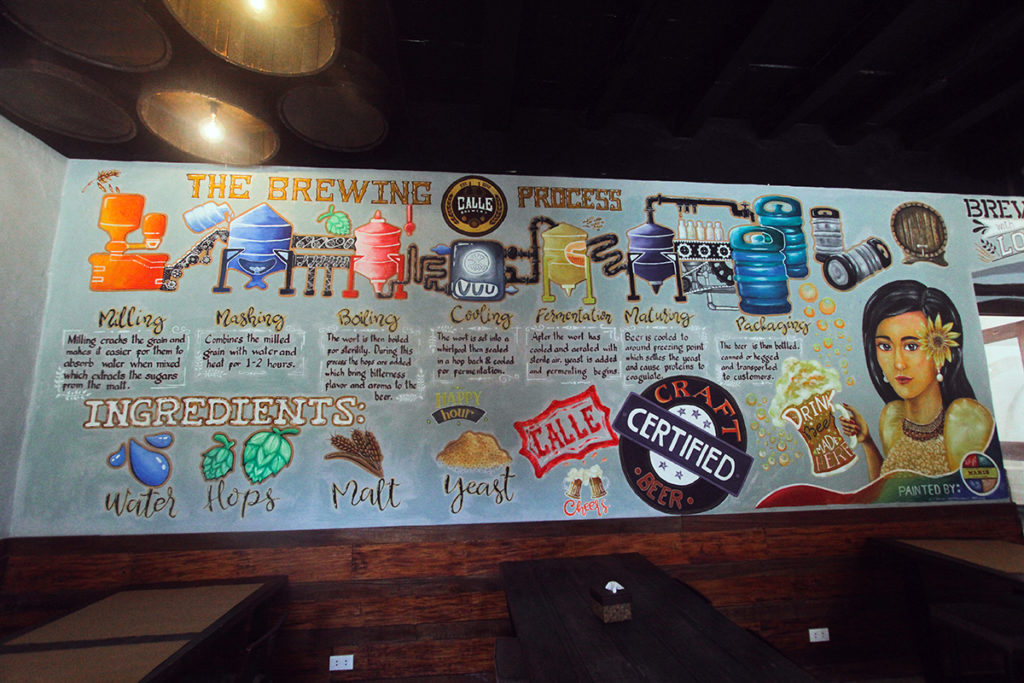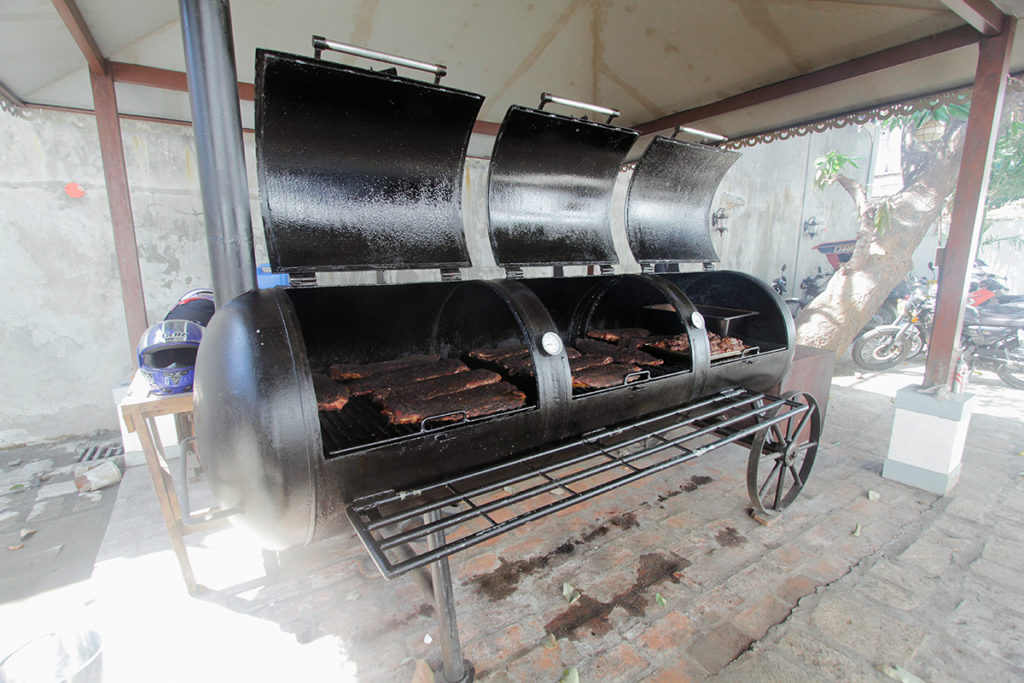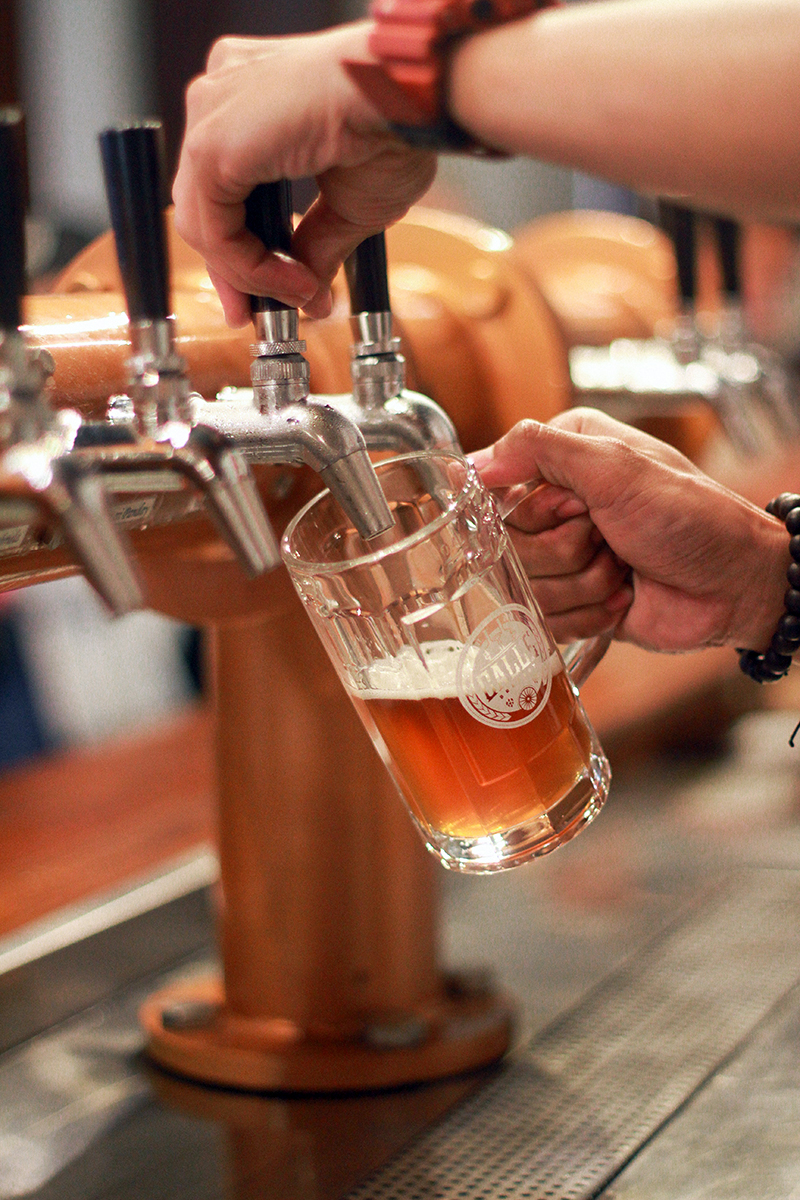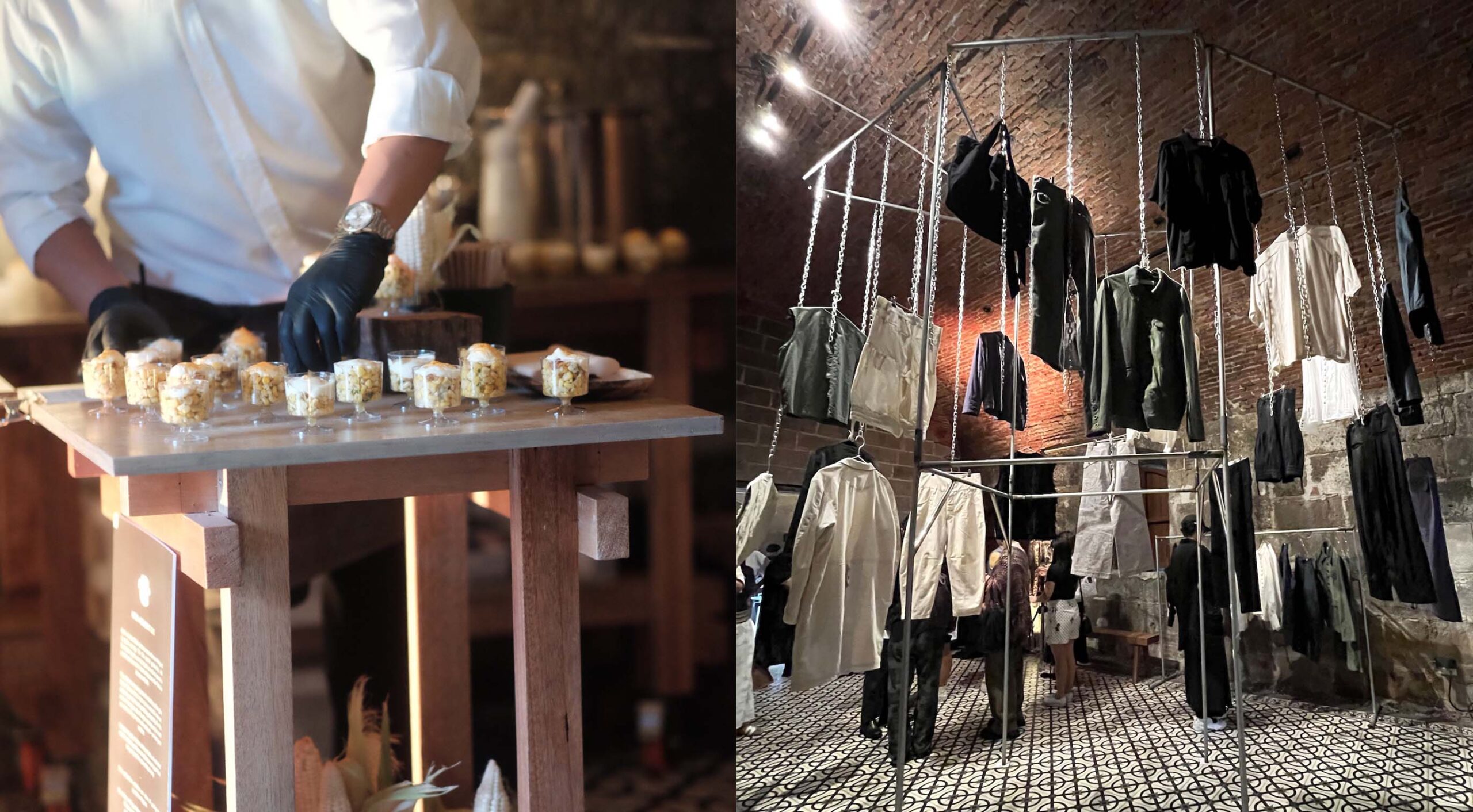Vigan, that northern city with a rich colonial history, has recently become more accessible thanks to wider, smoother highways and chartered flights to its modest airport. It is inevitable for tourists to fall in love with its charming cobblestone streets, welcoming locals, and, of course, tasty delicacies. The crispy empanadas have become a staple even in other parts of the Philippines, and visitors always go home lugging bags of longganisa, sukang Iloko, and bagnet as pasalubong.
While delicious and crave-worthy, Ilocano food is more homey than festive. A cuisine known for vegetable stews and salads flavored with herbs and spices indigenous to the region, its dishes are not nearly as celebrated as sisig and lumpia. However, restaurateurs Kristine Meehan and Paola Bondoc seem to think otherwise.
They decided that the booming tourism in Vigan, (which has quadrupled since the city has been included on the Wonders of the World list) called for an ambitious gastronomic venture. A place where both tourists and locals can enjoy a good meal, craft beers, and fine wines. Luckily, they found the perfect location a few blocks from Meehan’s family-owned Hotel Luna.
Casa Lourdes is their partnership with Robby Goco and Governor Ryan Singson, which houses three distinct concepts: microbrewery and smokehouse Calle Brewery, Tapas and Wine Bar by Titania; and a reservations-only dining room offering a 12-course Ilocano degustation menu.

The 19th century bahay na bato stands like a stoic dame along Calle Encarnacion, whose elegant bones were brought back to its former glory by its current inhabitants. The silong, which was used to store the carriage, has been taken over by Joe’s Brew (of brothers Joey and Marco Viray) and now contains shiny tanks for brewing ales. The rooms across are enlivened by murals and fitted with festive wooden tables and benches for feasting.
On the second floor, which used to be the living area and bedrooms, wine bottles are stored in tidy shelves. A fine dining setup in the adjacent function room contains polished tabletops and ornate seating, similar to the home’s original interiors.
Restaurateurs Kristine Meehan and Paola Bondoc seem to think otherwise. They decided that the booming tourism in Vigan, (which has quadrupled since the city has been included on the Wonders of the World list) called for an ambitious gastronomic venture.
Goco is at the helm of this ambitious undertaking. Making the menu for Calle Brewery was a welcome challenge considering he lived for many years in Kansas. His cousin who lives in South Carolina is married to a pitmaster and was also a resource during research and development.
“The wood used for smoking is important in the process,” Goco says. “That’s what gives the meat its unique flavor. In the US, they use hickory, apple wood, pine, and others. Of course, we don’t have that kind of wood readily available here. A lot of the local smokers use santol and so do we. But, my cousin taught me a hack that they also do in South Carolina, which is to add apple juice and apple cider vinegar to the coffee rub. Those apple notes infused with the spiced rub gives meat an authentic barbecue flavor.”

The tedious process, which they do outdoors in their massive smoker yields superior results. Their dinosaur rib, a massive beef brisket still attached to the bone, is glorious with its deep brown bark and tender pink flesh. While tourists willing to spend for their vacation are the target market, locals are just as curious. PR veteran and Ilocos Sur native Ana Mendoza says “Ilocanos are not stingy anymore.”
“The younger ones with OFW parents receive hefty allowances. They use [the money] to eat well and enjoy.” However, Goco assures that guests will leave satisfied. “Meat is really expensive,” he admits. “But, we make sure people are busog because we’re generous with the sides.”
This kind of generosity is something that has become synonymous with Goco and his kitchens. He has never been the type to shortchange or cut costs, opting to charge higher to ensure he can always use the best and most authentic ingredients.
“A lot of the local smokers use santol and so do we. But, my cousin taught me a hack that they also do in South Carolina, which is to add apple juice and apple cider vinegar to the coffee rub. Those apple notes infused with the spiced rub gives meat an authentic barbecue flavor,” says Robby Goco.
The same goes with the Ilocano degustation menu served on the second floor function room, which was something Governor Singson requested for visiting government officials and foreign dignitaries. “Chef Chester Delos Velas is the mastermind behind it,” Goco says. All 12 courses are reasonably priced at P1,800 and is a celebration of unique Ilocano flavors and ingredients.
The meal begins with a memorable amuse bouche of dinoydoy and poqui poqui—vegetable dishes presented in puréed form encased in crisp wafers. While the presentation is innovative and stunning, the flavors remain true to their Ilocano origins. The emblematic Vigan empanada is also reimagined with the wrapper puffed up like a kropek and topped with longganisa, runny quail egg, and cabbage petals over a creamy vinegar sauce.


Goco is most proud of the “pinakbet,” which is presented deconstructed surrounding a fillet of seared local sea bass. His lomo-lomo, typically another peasant dish, is adorned with a slab of foie gras instead of liver to add a luxe reinterpretation.
“The foie is not there just for the sake of making the dish fancy,” Goco says. “I hate when people do that. The ingredient needs to be there because it adds something.”
“Filipinos just need to be more respectful of our food,” Goco says. “There’s an obsession with making food more affordable. ‘How do we make it cheaper?’ Lagi na lang ganun. Let’s focus more on making our food better.”
It’s not farfetched to say that Casa Lourdes has emerged in what was once a culture known for its frugality as a symbol of changing times, a movement towards a commitment to quality. Vigan is now ready to step into its rightful place in the local culinary scene with its own dining destination, proudly showcasing Ilocano cuisine at its finest, side by side with global favorites.














































